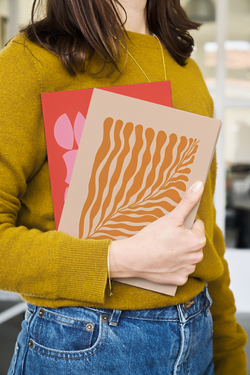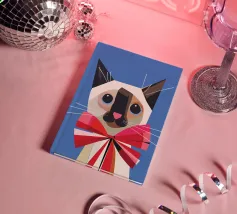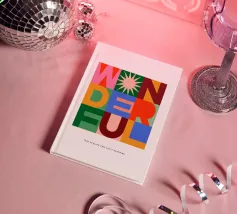Discover giftsPersonal GiftsAll gift ideasCreate your photo collageDesign notebook Design tea towel Design mug Design towelDesign cushion For KidsGifts for KidsCute and cool wall artDisney Stitch GiftsDisney PrincessStar Wars™Trend gifts & moreTrend Designs for BestiesPlanners 2026Dopamine Decor Gift Vouchers
Time for You
Wall art for your home makeover, your 2026 planner & more – now 40% off everything.
Discover Highlights
Designs you'll love.
Our bestsellers. Place any design on the product of your choice.
New for you in December:
Discover the latest designs at JUNIQE!
DISCOVER THE COMMUNITY BEHIND OUR DESIGNS
Secure a 10% discount - for your first work of art
Receive hand-picked art trends, inspiration for your walls and exclusive discounts - straight to your inbox.














































:quality(75))
:quality(75))
:quality(75))
:quality(75))
:quality(75))
:quality(75))
:quality(75))
:quality(75))
:quality(75))
:quality(75))


























































